
Sanjukta Paul’s current research and writing involves the intersection of antitrust law and labor policy, in particular how and why antitrust law has limited the coordination rights of working people. Her book project on this topic will be published as Solidarity in the Shadow of Antitrust by Cambridge University Press. She is generally interested in the intersections of work regulation and the law of business, and in how law constructs economic life. Her papers include “Uber as For-Profit Hiring Hall: A Price-Fixing Paradox and its Implications” (spring 2017), published in the Berkeley Journal of Employment & Labor Law, and “The Enduring Ambiguities of Antitrust Liability for Worker Collective Action” (spring 2016), which was recognized with the Jerry S. Cohen Memorial Fund’s award for the best antitrust scholarship of 2016 (category prize), presented by the American Antitrust Institute. She is also contributing a chapter on antitrust and workers to the forthcoming Reviving American Labor (C. Garden and R. Bales, eds., Cambridge University Press, forthcoming). Paul previously served as David J. Epstein Fellow in Public Interest Law & Policy at UCLA Law School. There she designed and taught the Workers Rights Litigation Clinic, which represented low-wage workers in wage theft claims, and in a complex class action alongside local non-profit organizations. Prior to this fellowship, Paul practiced as a public interest lawyer in Los Angeles for several years, focusing on employment and civil rights litigation, as well as some labor union matters. During this time she also worked on the campaign to reform the working conditions in the port trucking industry with the policy nonprofit Los Angeles Alliance for a New Economy. Paul clerked for the Honorable Alfred T. Goodwin of the Ninth Circuit Court of Appeals. She is a graduate of Yale Law School, where she was a Coker Fellow, and studied philosophy at the University of Pittsburgh, where she held a national Mellon Fellowship in Humanistic Studies and earned an M.A.
Sanjukta Paul is Assistant Professor of Law at Wayne State University, where her current research focuses on workers and antitrust law.
As most readers of this blog know, the Ninth Circuit will soon be deciding Seattle’s authorization to implement its recently enacted ordinance, which permits collective bargaining among drivers in their bargains with Uber and similar firms. In March of last year, the Chamber of Commerce sued the city of Seattle, claiming (among other things) that Section 1 of the Sherman Act’s prohibition of “combination[s] … in restraint of trade or commerce” preempts the ordinance. More recently, the district court granted Seattle’s motion to dismiss, permitting the ordinance to go forward under the state action exemption, under which a state (and its political subdivisions, when authorized by the state) may regulate a domain in a way that “displaces competition.”
The primary issue presented on appeal is thus the applicability of state action immunity. Yet the appeal implicates a fundamental question that has long lurked somewhere in the negative space between labor and antitrust regulation, and which has been sharpening as work arrangements that are at least putatively outside the bounds of employment have proliferated in recent decades: Are all workers who are not employees subject to a rule against price coordination, and if not, what other criteria demarcate this permission – or the rule itself? The so-called gig economy has contributed to the sharpening of that question.
A group of law and business professors filed an amicus brief in the Ninth Circuit last week that addresses this question. The brief supports Seattle’s arguments for state action immunity, arguing that that immunity is especially appropriate where the theory underlying the preemption claim is both uncertain and in flux. Local experimentation with various mechanisms of resolving the regulatory paradoxes created by Uber’s business model, a model that is itself premised upon price coordination in the ride services market, makes sound policy sense and will provide data for addressing these questions on the federal level.
The brief also shows that the Chamber’s arguments on the state action exemption are ultimately inconsistent with its theory on the merits. In the context of the exemption, the Chamber argues that Uber and similar firms supply mere “inputs” into the ride services market, whereas drivers sell “outputs” (ride services) to consumers. The Chamber’s primary argument that the State of Washington’s authorization of municipal competition-displacing regulation in the transportation services sector cannot extend to the Seattle ordinance is premised on the notion that Seattle can regulate only the provision of ride services, i.e., either drivers themselves or their transactions with riders. Consistent with this claim, the Chamber contends that Uber is not a provider of transportation services, but instead, like an auto mechanic, a vendor that provides (software) services to drivers, and therefore falls a degree of separation beyond the scope of the state action exemption. This argument is implausible on its own, because it disregards the key fact that –unlike an auto mechanic– Uber in fact sets the prices in that “output,” ride services. Indeed, Uber’s proponents hail its creation of a (ride services) market where one did not previously exist, by means of an operational innovation (the app) that reduces transaction costs and thus facilitates bargains that would otherwise not have been made. This is a claim that no auto mechanic selling her services to Uber drivers would make. Uber is, at a minimum, a mediator in the market between drivers and riders – which appellants concede Seattle has the authority to regulate – and thus an essential participant in that market. Uber’s bargains with other market participants are thus a proper subject of regulation even on the Chamber’s narrow characterization of the scope of the state action exemption.
But the Chamber’s argument is also in tension with its own theory of how Section 1 of the Sherman Act applies to the cooperation permitted by the ordinance. The Chamber’s renewed complaint asserted that “collective bargaining by independent contractors over the price of a service is per se illegal under section 1 of the Sherman Act,” and the appeal continues to rely on this contention, citing for its preemption claim only cases that (it asserts) stand for the illegality of seller coordination. In fact, as the amicus brief points out, the courts have never quite embraced a bare rule against price coordination by actors like Uber drivers, even if they are construed as sellers – sellers of services who lack meaningful capital, market power, or any other source of bargaining power. And the original statutory purpose of the Sherman Act is inconsistent with such a rule, as is emerging economic research on the monopsonistic structure of many labor markets, including workers in the gig economy.
There’s another problem, though. The Chamber doesn’t specify whether its Section 1 claim refers to coordination in the price of ride services sold to consumers, or coordination in the price of driving services sold to firms. Neither is logically viable. The latter is of course barred by the Chamber’s own repeated assertions –essential to its argument against the applicability of the state action exemption– that firms do not buy driving services from drivers. The former, meanwhile, is untenable because the ordinance simply doesn’t effect any price coordination in the price of ride services sold to consumers, i.e., in the market that the Chamber contends exists between drivers and riders. In fact, it would be impossible for the ordinance to effect price coordination in that market because, again, Uber and Lyft, not drivers, already set the prices of ride services.
The Chamber’s theory of liability also purports to be ultimately rooted in consumer welfare, which the Chamber repeatedly invokes. Yet the only logically viable version of the Chamber’s Section 1 claim is inconsistent with that broader justification – at least on the Chamber’s own crabbed understanding of consumer welfare. To have any hope of viability at all, the Section 1 claim must be re-described as an argument about coordination among Uber drivers qua consumers – of Uber’s software – wherein the wrong is the suppression of the price of the “input.” Increased consumer price is simply not available as a potential antitrust harm on this re-description. (Ironically, the Chamber’s policy positions –and this style of attack on worker organization more generally–typically characterize labor or services as an input whose price should be kept low, with the ultimate goal of keeping consumer prices low.)
The deeper point here is that the Chamber’s positions expose the additional determinations that always must modify the supposedly bedrock rule against price coordination, whether that rule is embodied in Section 1 or not. By the Chamber’s own lights, the ultimate normative baseline can’t be the lowest consumer price; if it comes to it, the Chamber will have to modify its definition of antitrust harm in terms of something like ‘ideal output’. But ideal, relative to what? The normative baseline from which deviation is measured always includes indispensable limits upon the rule against price coordination, such as the boundaries of the firm or what antitrust law will deem a single entity, a limit that Uber itself tests. The limit upon the rule against price coordination embodied in Seattle’s ordinance is just one limit among numerous others already embraced by the status quo.
Fundamentally, most economic arrangements combine elements of cooperation and competition, a point that may be hidden from view in the typical ‘free market’-style attack on labor organizations as such – but which becomes difficult to obscure in the context of the currently-sharpening antitrust problem of work outside the bounds of employment. Finding the proper regulatory demarcation between cooperation and competition is a genuine task with broader implications. That question cannot, actually, be decided by a simple principle against price coordination.


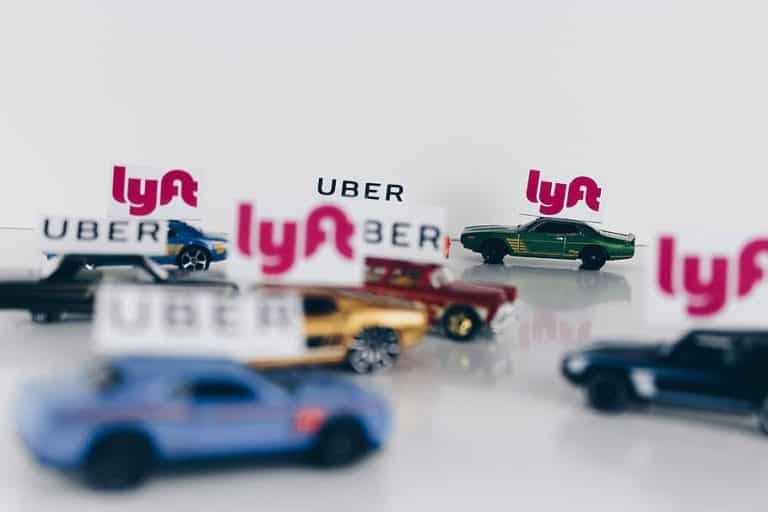


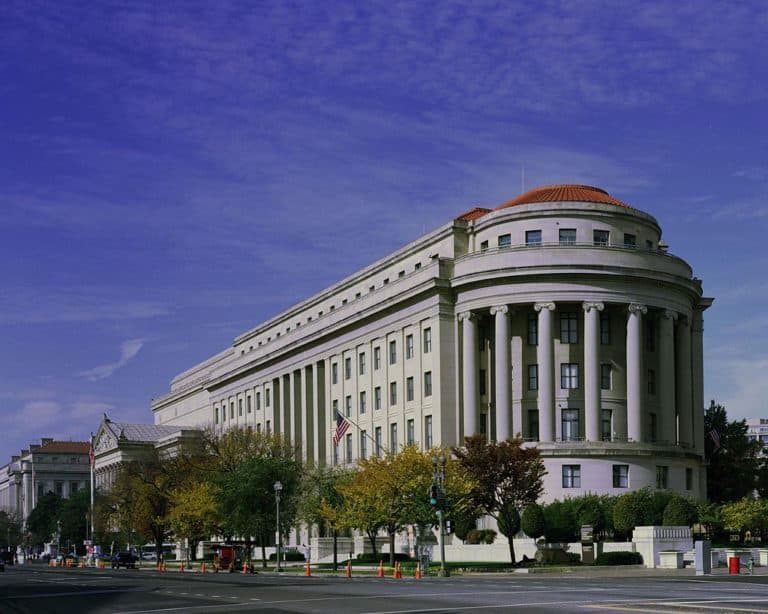
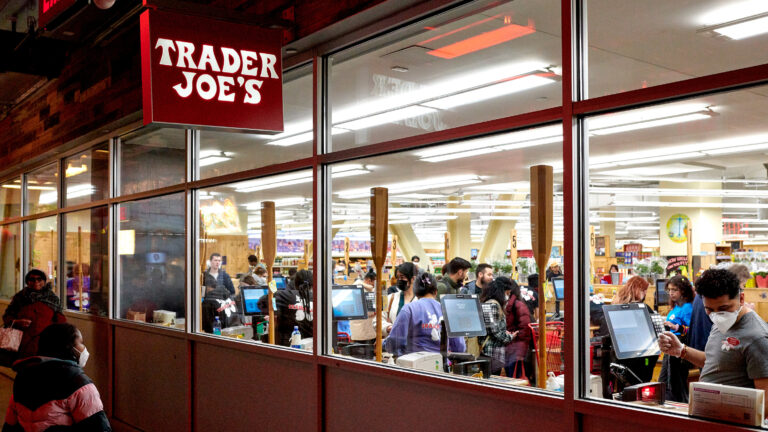

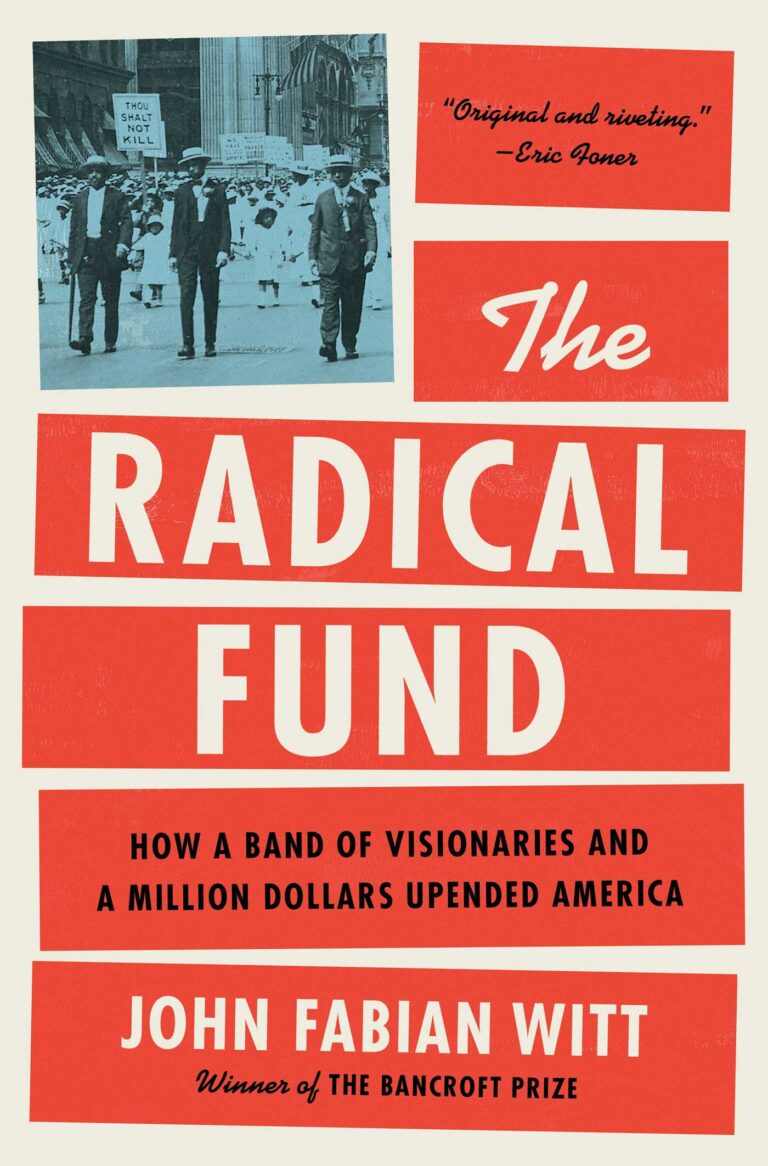
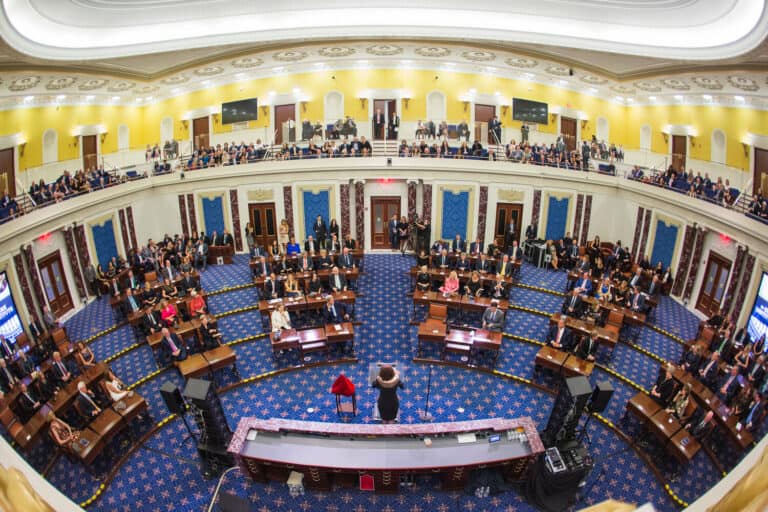
Daily News & Commentary
Start your day with our roundup of the latest labor developments. See all
November 12
Starbucks and the NLRB face off over a dress code dispute, and mental healthcare workers face a reckoning with AI.
November 11
A proposed federal labor law overhaul, SCOTUS declines to undo a $22 million FLSA verdict, and a railroad worker’s ADA claim goes to jury trial.
November 10
Meta unveils data center ads; partisan government emails blocked by judge; thousands protest in Portugal.
November 9
University of California workers authorize the largest strike in UC history; growing numbers of legislators call for Boeing to negotiate with St. Louis machinists in good faith; and pilots and flight attendants at Spirit Airlines agree to salary reductions.
November 7
A challenge to a federal PLA requirement; a delayed hearing on collective bargaining; and the IRS announces relief from "no tax on tips" reporting requirements.
November 6
Starbucks workers authorize a strike; Sixth Circuit rejects Thryv remedies; OPEIU tries to intervene to defend the NLRB.